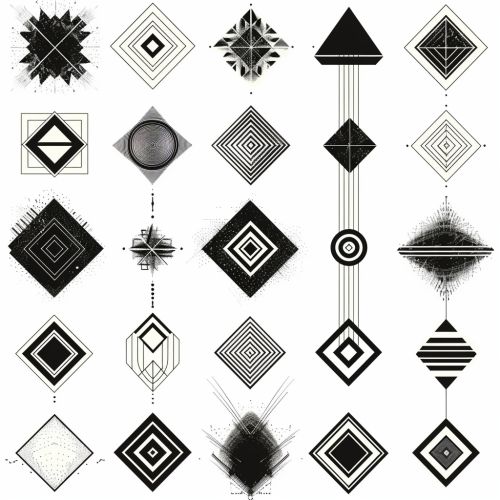Symmetric Group Representations
Introduction
The symmetric group is a fundamental concept in abstract algebra. It is the group of all permutations of a set of n elements, denoted by Sn. The study of symmetric groups is significant in various branches of mathematics, including group theory, combinatorics, and representation theory. This article will focus on the representation theory of symmetric groups, a rich and intricate topic that has been the subject of extensive research.


Definitions and Basic Concepts
Before delving into the representations of symmetric groups, it is essential to understand some basic concepts in group theory and representation theory.
A group is a set equipped with an operation that combines any two of its elements to form a third element in a way that satisfies four conditions: closure, associativity, identity and invertibility.
A permutation of a set is, informally, an arrangement of its members into a sequence or linear order, or if the set is already ordered, a rearrangement of its elements.
The symmetric group Sn on a finite set of n elements is the group whose elements are all the permutations of the set, and whose group operation is the composition of permutations.
Representation theory is a branch of mathematics that studies abstract algebraic structures by representing their elements as linear transformations of vector spaces.
A representation of a group G on a vector space V over a field F is a group homomorphism ρ : G → GL(V), where GL(V) is the group of invertible linear transformations on V.
Representations of Symmetric Groups
The representation theory of symmetric groups is a central topic in algebra. The symmetric group Sn has a particularly rich and beautiful theory, which can be approached from several different perspectives.
One of the key results in the representation theory of finite groups is that every finite group has a representation over the complex numbers that is faithful, meaning that it represents each group element by a distinct matrix. In the case of the symmetric group Sn, these representations can be indexed by partitions of n.
Young Diagrams and Tableaux
A crucial tool in studying the representations of symmetric groups is the Young diagram, a type of graphical representation of a partition of a number. Each partition corresponds to a different irreducible representation of the symmetric group.
A Young tableau is a way of filling a Young diagram with numbers according to certain rules. The Young tableaux are in one-to-one correspondence with the basis vectors of the corresponding representation space.
Character Theory
The character of a group representation is a function on the group that encodes much of the information about the representation. The character theory of symmetric groups is a rich and intricate subject, with deep connections to other areas of mathematics.
Applications and Connections to Other Areas
The representation theory of symmetric groups has many applications and connections to other areas of mathematics. For example, it plays a crucial role in the theory of algebraic combinatorics, and it has deep connections to the theory of special functions and algebraic geometry.
